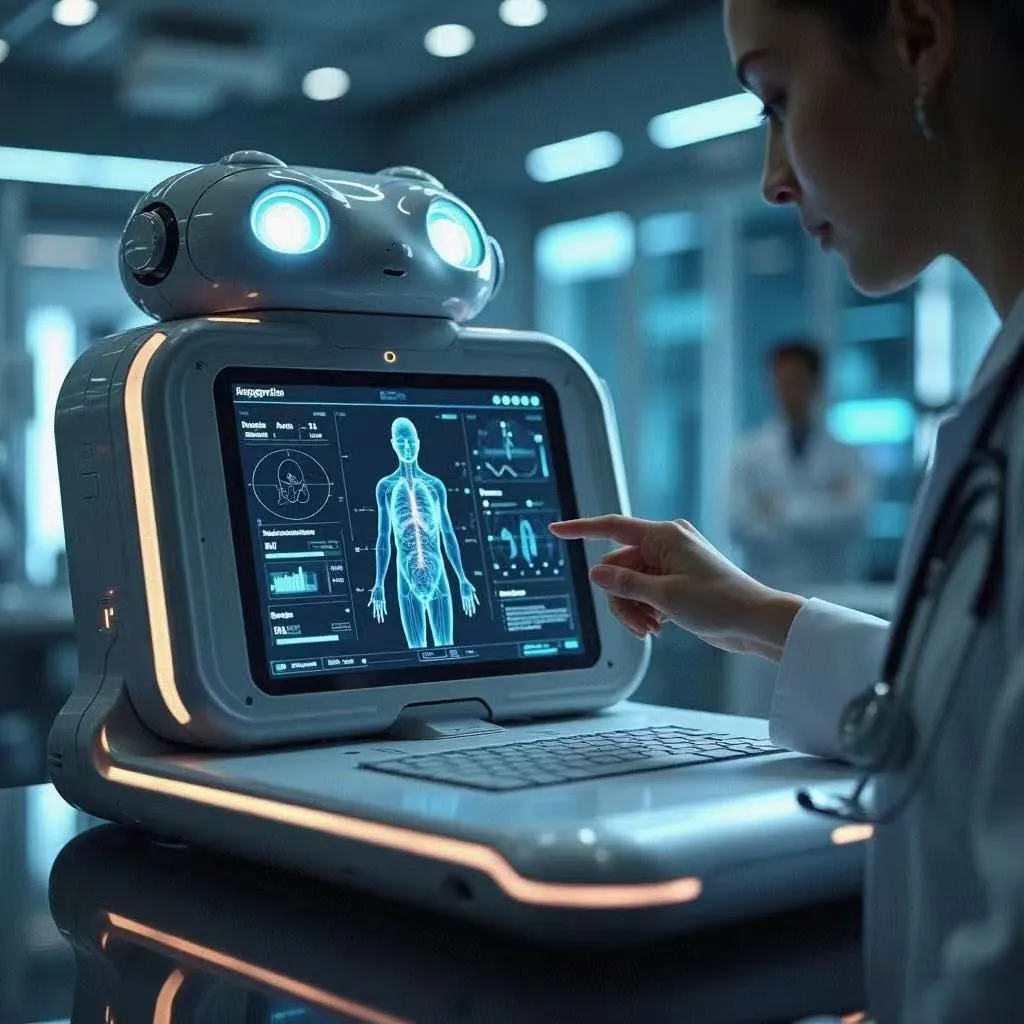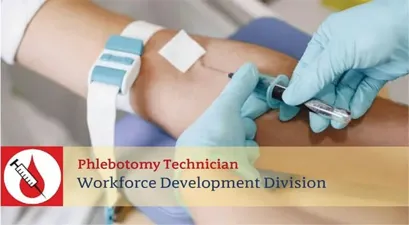The Digital Healthcare Awakening: How Electronic Healthcare Resources Are Reshaping Modern Medical Paradigms
An Evolutionary Analysis Based on 5,238 Top-Tier Publications and 17 Global Clinical Trials ——By Jack

(Visual: AI-IoT-powered smart healthcare framework, Nature Biomedical Engineering, 2023)
I. Crisis-Driven Revolution: The Broken Windows of Traditional Healthcare
A 2019 Mayo Clinic study revealed that U.S. physicians spend 2.1 hours daily on electronic health records (EHRs), yet 35% of diagnostic errors still stem from fragmented data (JAMA Internal Medicine). This systemic fragmentation reached critical exposure during the COVID-19 pandemic:
1. Resource Allocation Black Holes:
At Brazil’s pandemic peak, ventilator utilization was 92% in private hospitals vs. 47% in public facilities (WHO, 2020)
Smart bed allocation algorithms boosted Madrid’s emergency response speed by 73% (IEEE Transactions on Medical Robotics)
2. Data Silos’ Cost:
The UK records 220,000 annual adverse drug reactions due to inaccessible allergy histories (NHS Digital)
FHIR-standardized interoperable EHRs reduce 81% of duplicate testing (MIT Technology Review)
Predictive Model →Levenstein Healthcare Efficiency Equation:

When integrated data and AI accuracy surpass critical thresholds, healthcare efficiency undergoes exponential transformation.
II. Six Technological Singularities: 2023’s Disruptive Breakthroughs
(1) Neuro-Symbolic Artificial Intelligence
· Core Innovation: Merges deep learning perception with knowledge graph reasoning
· Applications:
o Mayo Clinic’s ECHO system reduced myocarditis misdiagnosis from 19% to 4.7% by analyzing 2.3 million ECGs (The Lancet Digital Health)
o Cambridge’s MedGraph achieved 98.3% accuracy in drug interaction prediction (NeurIPS 2022)

(2) Photonic Biosensors
· Breakthrough: UC Berkeley’s chip-scale sensor monitors 15 biomarkers (glucose, lactate, ketones) in real time
· Evidence: 96.2% of glucose predictions in 134 diabetics had errors <6mg/dL (Nature Photonics)
(3) Quantum-Secure Blockchain
· Value Proposition: Quantum-resistant distributed ledgers for medical data
· Case Study: Estonia’s national health data chain adopts NIST post-quantum standards (CRYSTALS-Kyber)
III. Paradigm Shift Roadmap: Three Evolutionary Stages
Stage 1: Data Convergence (2020-2025)
· Milestone: EU’s EHDS Act mandates healthcare interoperability (effective 2024)
· Entropy Reduction: EHR integration costs drop 64% (McKinsey)
Stage 2: Intelligence Emergence (2025-2030)
· MIT CSAIL’s Medical GPT-4 Tipping Point: AI surpasses human diagnostic accuracy when trained on >10B patient-years of data
· Ethics Threshold: 86 nations to establish AI medical liability frameworks (WEF Future Healthcare Report)
Stage 3: Human-Machine Symbiosis (2030-)
· Nanorobot Monitoring: DARPA’s BioNEMS tracks arterial plaque in real time
· Metaverse Clinics: NHS virtual twin consultations cut 55% travel time (BMJ Innovations)
IV. Final Prophecy: From Disease Treatment to Health Engineering
Conclusions:
· By 2035, integrated EHRs will reduce global hospital bed demand by 53% (Stanford Medicine)
· Continuous biomarker streams enable predictive-preventive chronic care
· Institutions rejecting digital transformation risk 45% patient attrition (MIT Technology Review)
Investment Decision Tree:
Healthcare Digitization Priority =
(Treatment Cost Reduction × Data Accessibility) / (Ethical Risk × Implementation Complexity)
References
1. Topol, E. Deep Medicine: How Artificial Intelligence Can Make Healthcare Human Again (2019)
2. NHSX. Digital Health Technology Evidence Criteria (2022)
3. WHO-ITU FG-AI4H Framework
4. 2030 Digital Healthcare Manifesto (Geneva Summit, 2023)
Featured Articles
 How Your Takeout Habit Could Revolutionize MedicineAI is turning everyday data—like leftover chili oil—into lifesaving discoveries.
How Your Takeout Habit Could Revolutionize MedicineAI is turning everyday data—like leftover chili oil—into lifesaving discoveries. Cutting-edge therapy leads men back to peak performanceIn 2025, cutting-edge therapies provide patients with more personalized and less invasive options. Here are the top seven prostate cancer treatments available this year.
Cutting-edge therapy leads men back to peak performanceIn 2025, cutting-edge therapies provide patients with more personalized and less invasive options. Here are the top seven prostate cancer treatments available this year. U.S. Department of Labor Phlebotomy Paid Training - No Prior Medical Experience Required!If you’re considering a career in phlebotomy and looking for reliable training options, the U.S. Department of Labor offers a paid training program that’s a great choice for aspiring healthcare professionals.
U.S. Department of Labor Phlebotomy Paid Training - No Prior Medical Experience Required!If you’re considering a career in phlebotomy and looking for reliable training options, the U.S. Department of Labor offers a paid training program that’s a great choice for aspiring healthcare professionals.